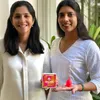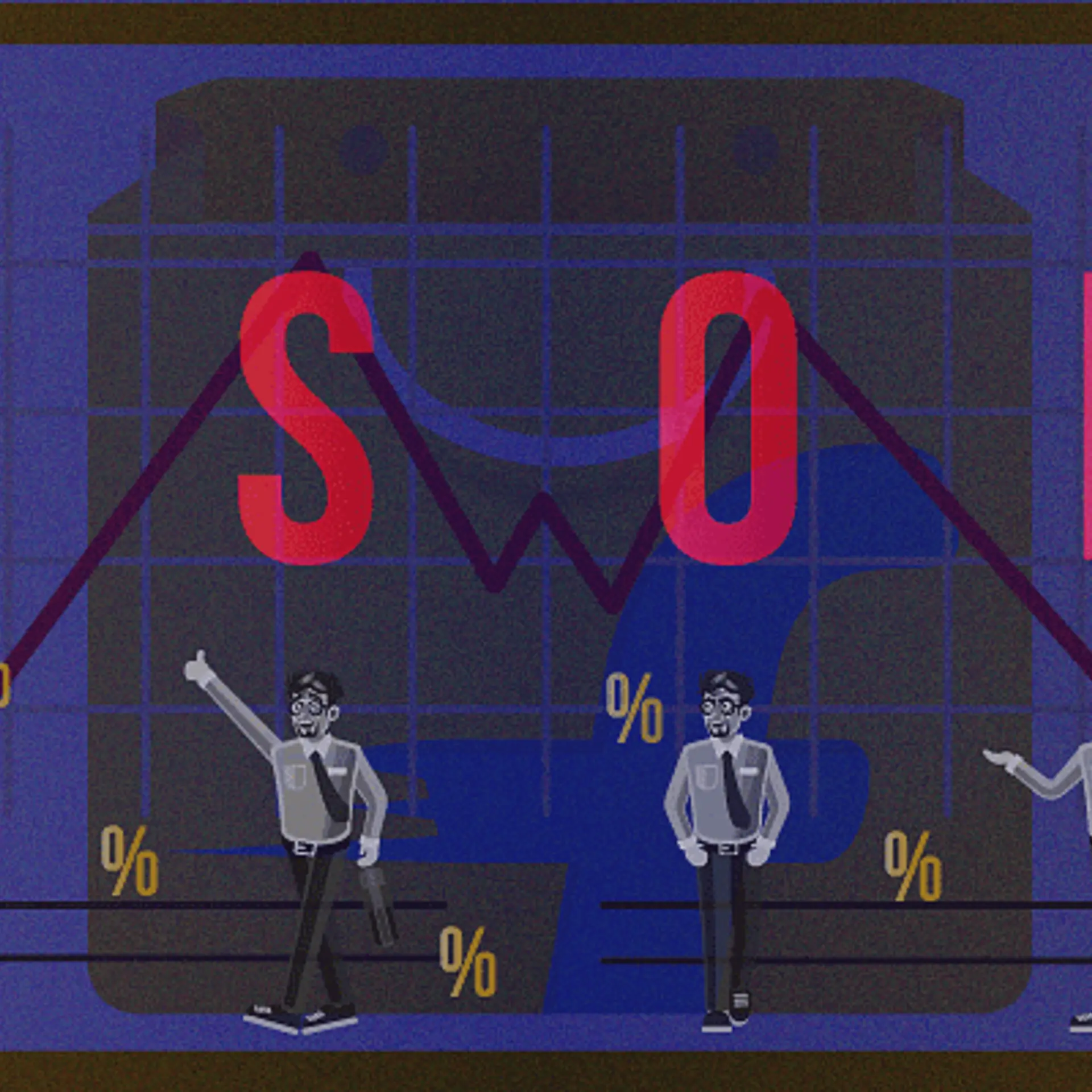India’s first female water sommelier, Lakshitaa Khanna on the sip that cheers and enriches
Lakshitaa Khanna is India’s first female water sommelier, who can distinguish between different types of waters based on many parameters. She is looking forward to designing water menus for restaurants.
Lakshitaa Khanna is India’s first female water sommelier. Intrigued? While we have all heard of wine sommeliers educating patrons in upscale restaurants on the best wines to go with the right cuisines, she differentiates between types of water.
She is one among a little over a hundred people in the world who can distinguish water based on parameters like composition, Ph level, carbonation, age, etc.
And yes, it’s a profession. In fact, Ray’s & Stark Bar, a restaurant in Los Angeles has a 20-item water menu that includes water from 10 different countries including Spain, France, Germany, and Canada.
Interestingly, academically, Lakshitaa chose Fashion Journalism and Interior Design, but joined her father’s real estate business instead.
“I had always been involved in the family’s real estate business, and for the past decade, we have been doing a lot of work in Bhutan, associated with some of the big corporates in the airline and hospitality industry. When we decided to launch a mineral water brand, Bodh, from Bhutan, researching on the subject led me to the idea of being a water sommelier,” she says.
Lakshitaa had been following Martine Riese and Michael Mascha, the world’s first water sommeliers, and was inspired by their work. Also, trekking up the hills of Bhutan to the source of pristine water in the only carbon-negative country in the world strengthened her resolve to become one.
Every drop counts

She completed a course at the Fine Water Academy run by Riese and Mascha to become a certified water sommelier.
“As part of the course, we are taught to detect, differentiate and recognise the difference between different waters, based on GDS, pH level, TDS levels etc. This has helped me develop Bodh, and given me the confidence in knowing that what we are going to provide consumers is nothing but the best,” Lakshitaa says. Bodh is sourced in the Paro region, from 7,300 feet above sea level from pristine waters, in the snow-capped peaks of the Himalayas, untouched by human civilisation.
While Bodh has already launched in Bhutan, owing to the pandemic, they are yet to attend to queries from different parts of the world.
Lakshitaa does not want her work as a water sommelier to begin and end with Bodh.
“With more people conscious of the water they are drinking, a water sommelier’s role has become important. For example, what is the difference between natural spring water and purified water? Over a period of time, I want to create water menus for the hospitality industry for discerning customers.”
She illustrates how one can enhance the epicurean experience by pairing different waters with different cuisines.
“Let’s start with a basic salad, it will go well with water that’s low in TDS levels – a glacial water that will neutralise the pH levels in the salad. For desserts, we can reduce the sweetness by introducing water from the Slovenian region, which is very high in magnesium levels, and so tones down the sweetness,” Lakshitaa adds.
She believes the market is big, water menus are gaining ground, and it would be nice to create these menus for the hospitality industry.
What are the best waters she has tasted?
“The two that come to mind for their distinct tastes are Svalbardi iceberg water (from Svalbar, 1,000 km from the North Pole), and the other being ROI from Slovenia, which is considered to be the most magnesium-rich water in the world,” she says.
Presently, Lakshitaa is on track to promote Bodh around the world. “The first will be to create awareness of the water from such a pristine source. Since 50 percent of Bhutan’s land area is covered by forests, the nitrate levels are very high in the water, and is therefore superior. We want to highlight this facet of Bodh, she adds.
Her plan is to spread awareness in this area as not many Indians are aware of the different types of water and its various aspects. Lakshitaa has also been invited by the Kingdom of Bhutan to help identify the other different sources of water and take projects forward.
Edited by Anju Narayanan








